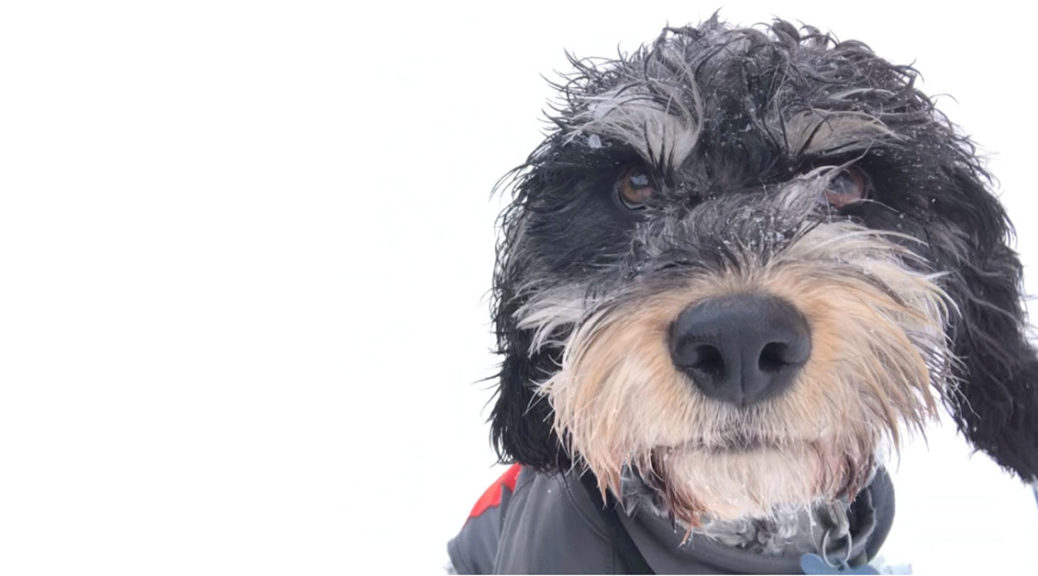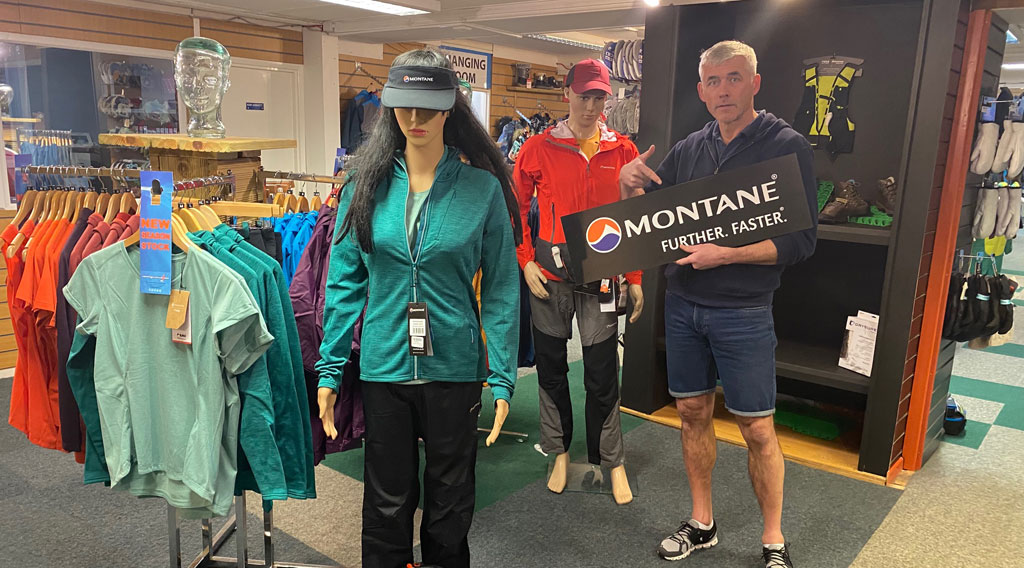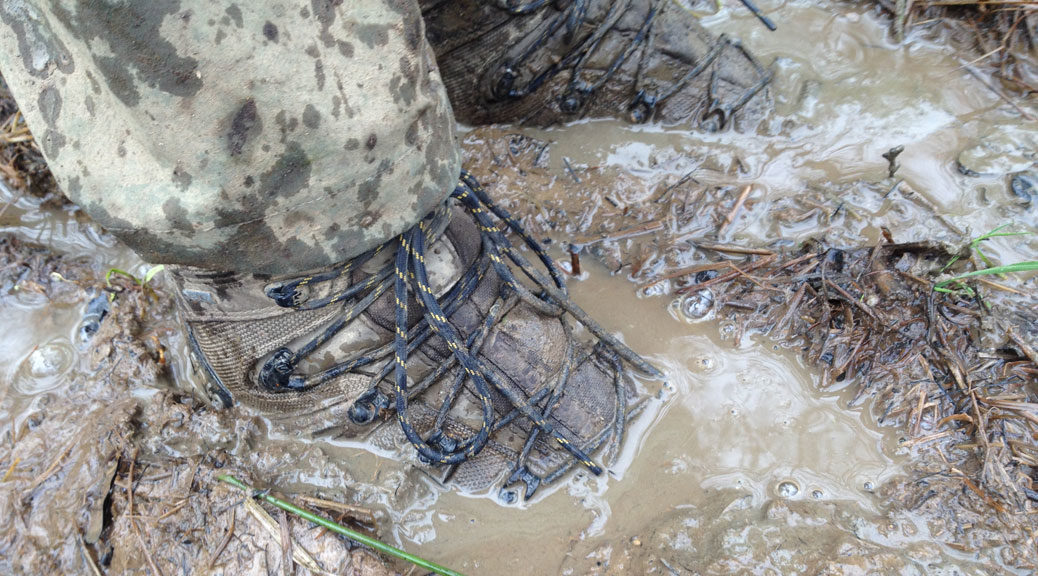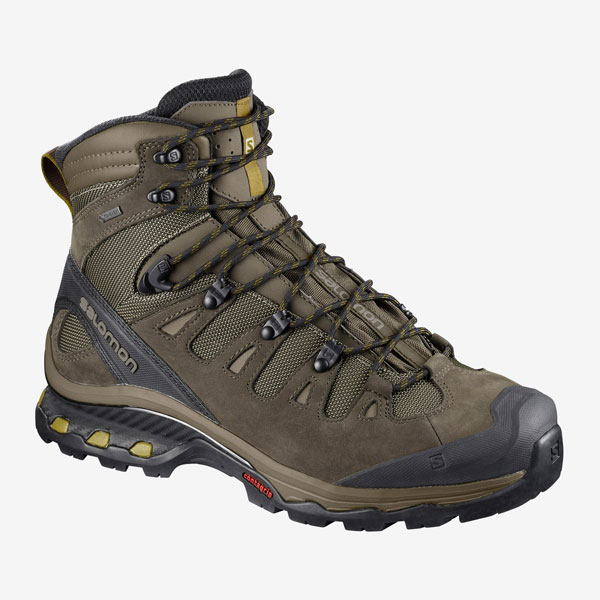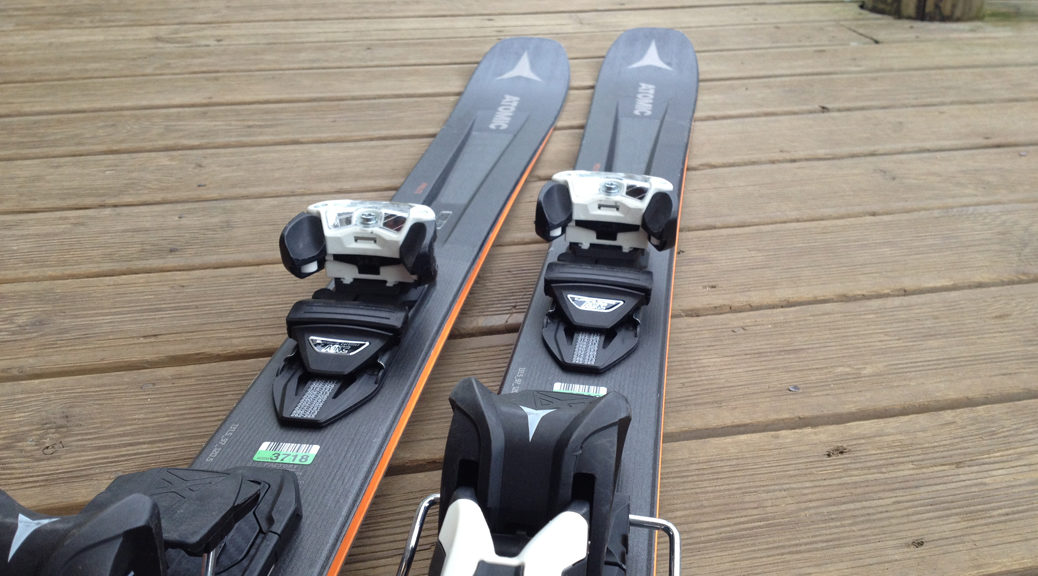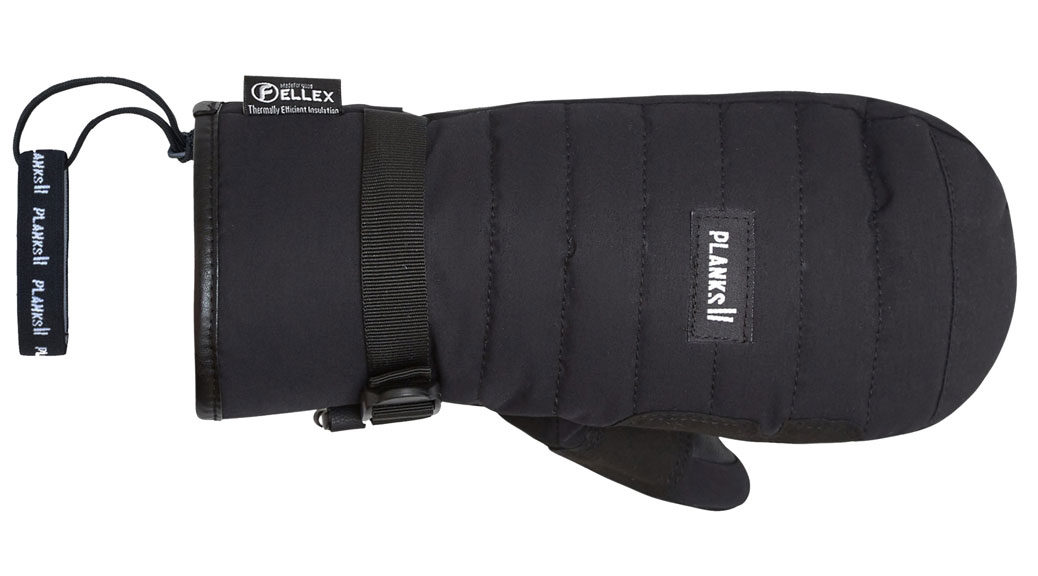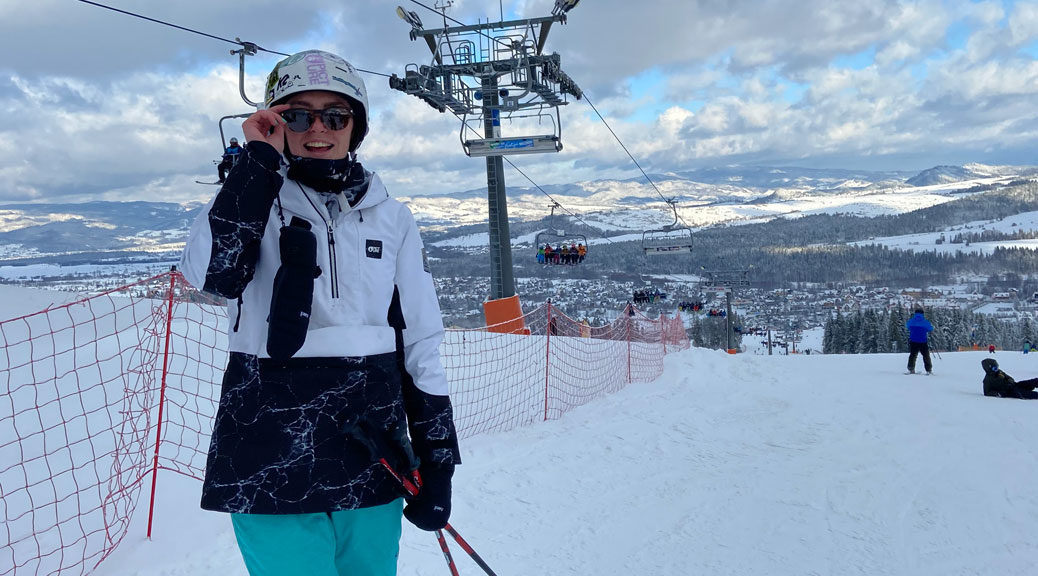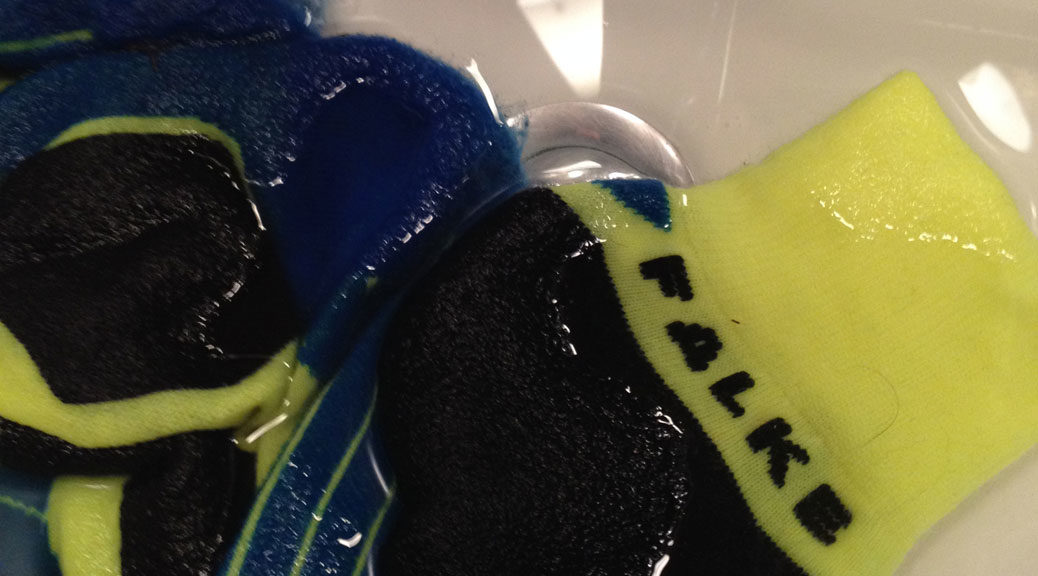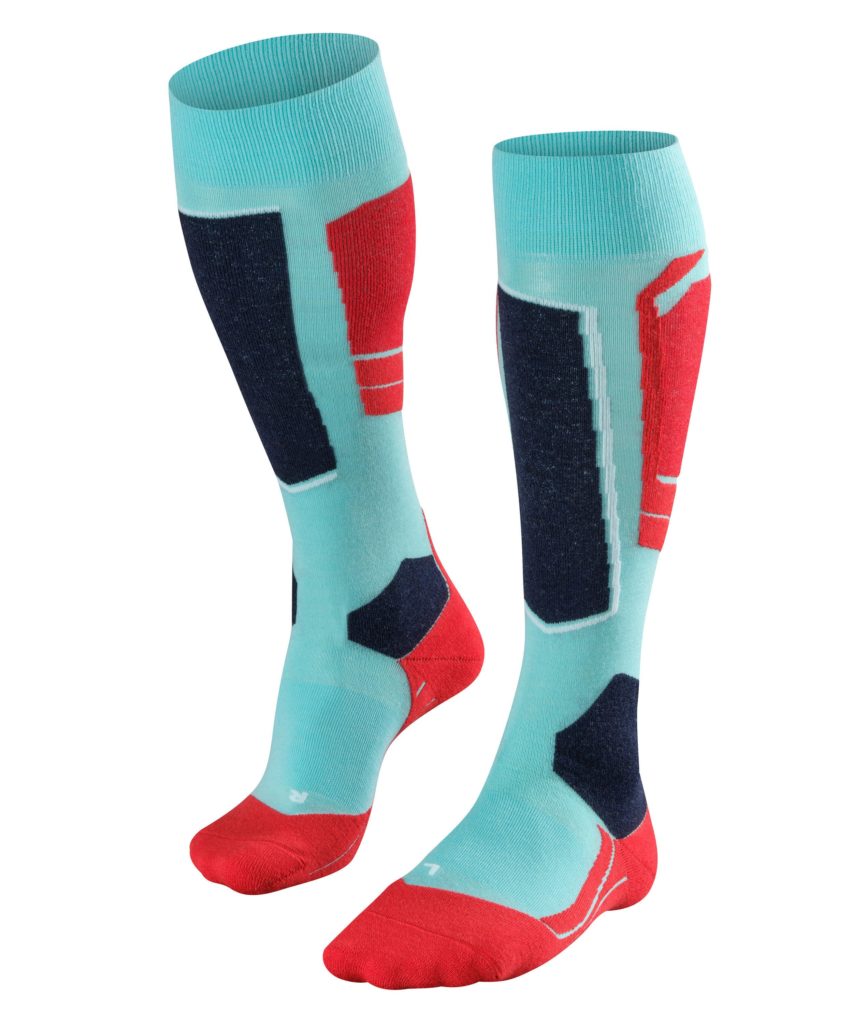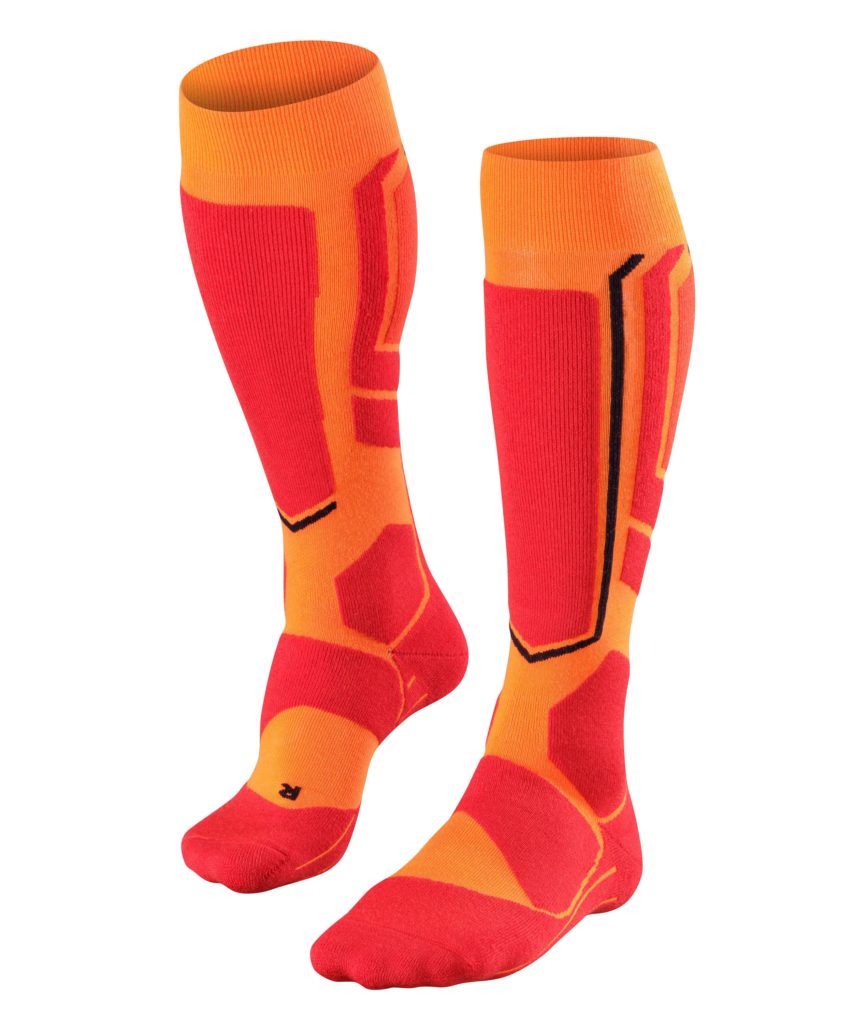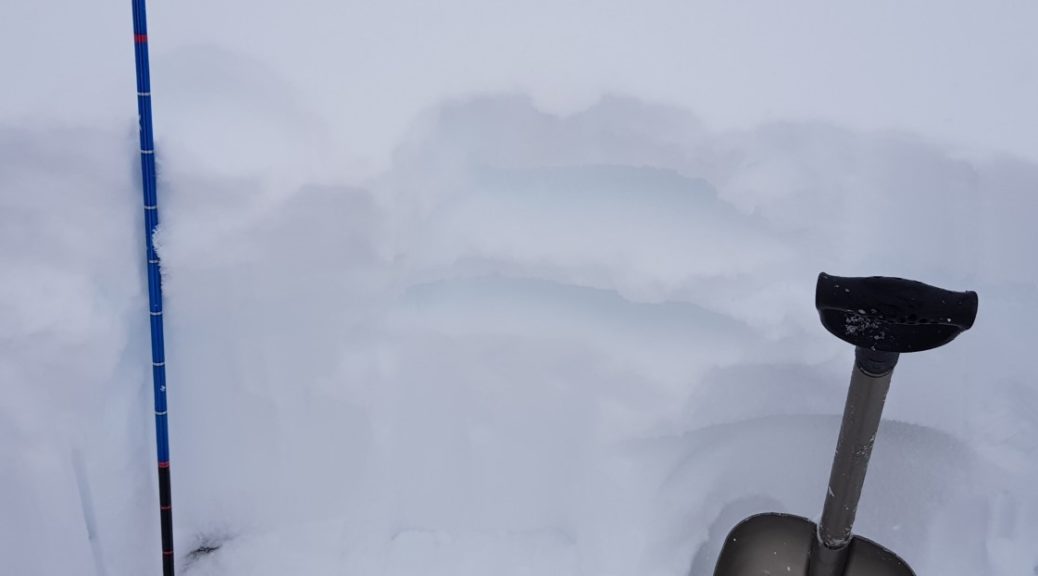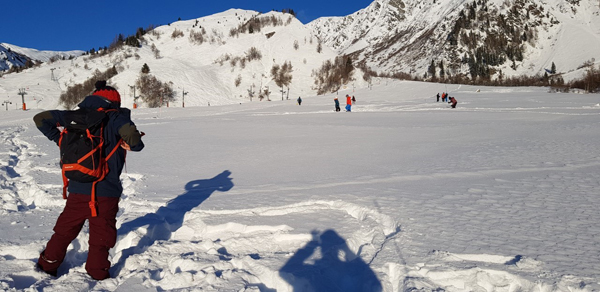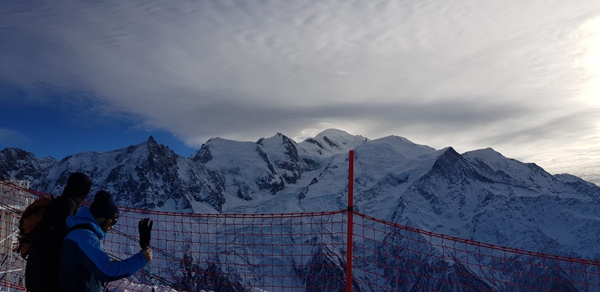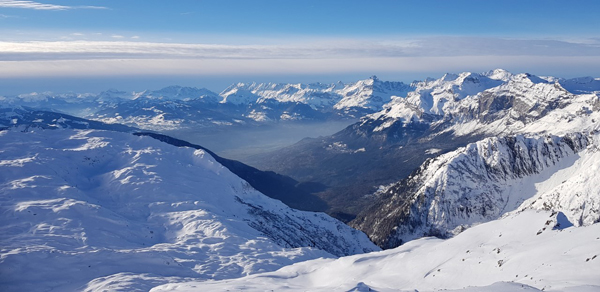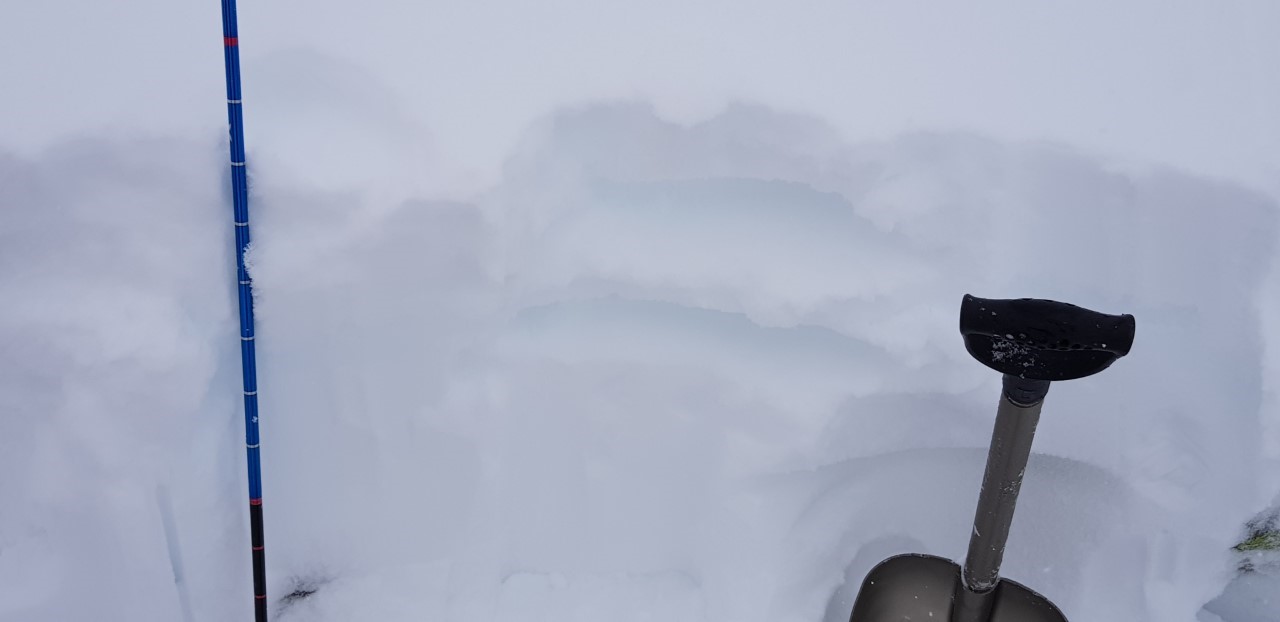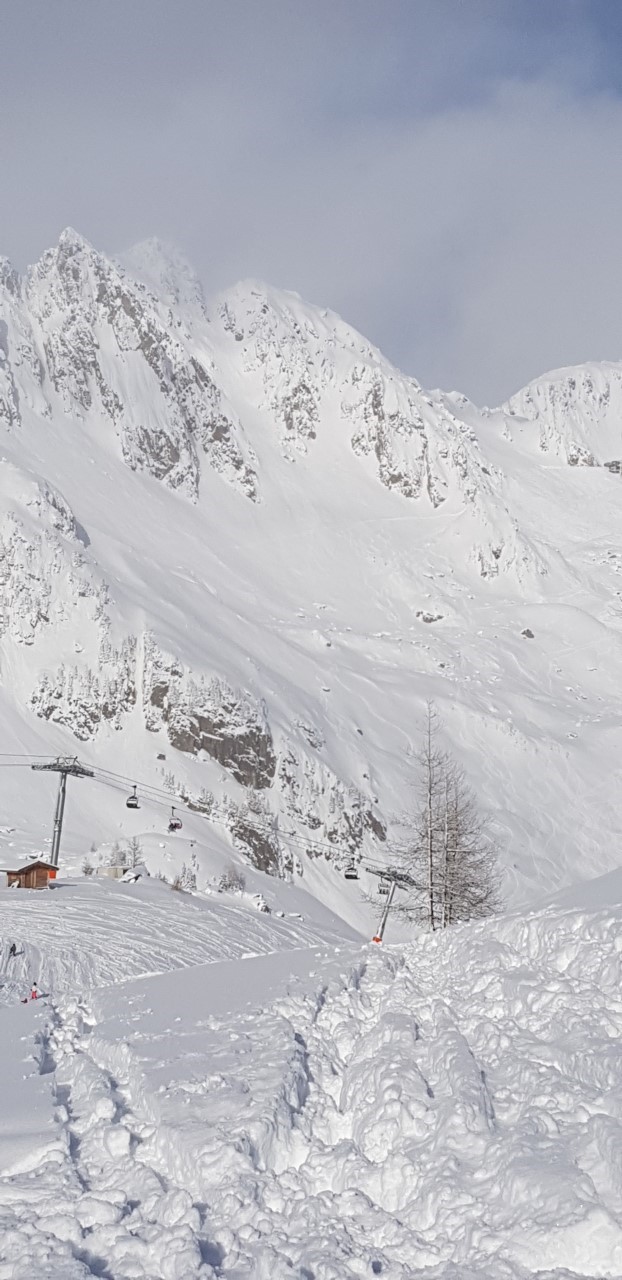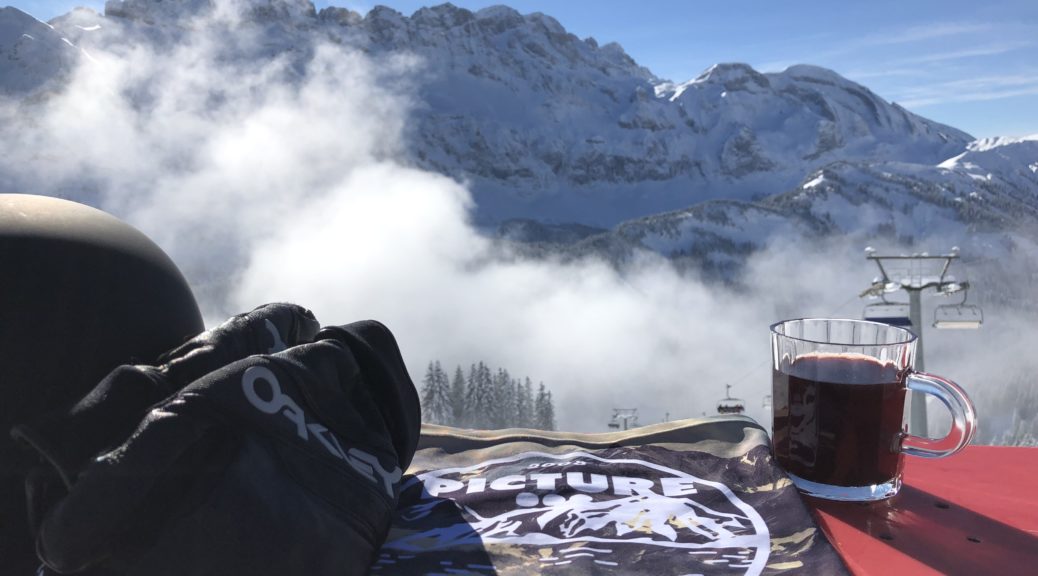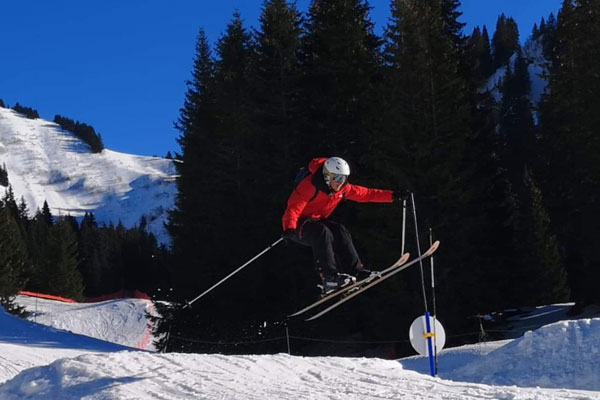During these unique times of isolation, having a dog is the best thing in the world. As we know they are not just ‘a man’s best friend’ but the whole family’s. They share our time, our companionship and our emotions so it’s obvious we need to look after them as much as they look after us.
With the new restrictions regarding Covid-19, we are all limited to only one walk a day. For some little dogs this is acceptable but for many like my energetic cockapoo, we are going to have to start using our imagination. When dogs have too much energy, things can start to get infuriating for both parties. Bad/cheeky behaviour is more likely to occur and a short temper on our part can slowly creep in. So what can we do to make sure the love stays in the air?
Firstly it’s good to focus on the time we do have outside. During any outings we make, our number one priority is for us to stay safe, follow the government guidelines and help prevent the spread of Covid-19 (please read all the government guidelines to keep up to date with all current restrictions as they are regularly changing). While the necessary restrictions are in place we can still be sensible and enjoy the great outdoors. After all, this is where all the good smells and poop spots are for our dogs, and the all important vitamin-D and fresh air for us.
As we are unable to go for our usual long walks, throwing balls and playing fetch are great and easy ways to tire out our dogs. Also it’s amazing how much energy they use up through mental stimulation. Examples include playing ‘find it’ where our dogs have to find something we’ve hidden or for a bit of fun, we can even hide from them ourselves. Hide and Seek is also a great game for in the house and fun for all the family. Through using their noses, their sight and through interacting with us, our dogs will wear themselves out faster. Which in theory should keep their mischievous behaviour to a minimum.
With all the current uncertainties of shops closing, restrictions changing and the unknown of how long it’s going on for, it’s best we be prepared for all occasions. While the sun is shining and the days are still, it’s hard to imagine rain, sleet, wind or anything other than bliss, right now. But being British, we all know it’s best to be prepared for all weather conditions so we can make the most of our limited time outside. This means good waterproofs and wind protectors for both us and our four-legged friends. With pet stores closing we can be organised and buy online now before the time comes when we get wet and start shivering. With a good quality jacket, like those made by Ruffwear, we will have happy puppies in all weather. Ruffwear also provide handy tips for measuring and sizing-up our dogs at home so we can be confident in ordering the right size. Plus, the bonus of having our dogs wrapped up is that our furry friends stay dry which means less time battling them with the towel when we get home.
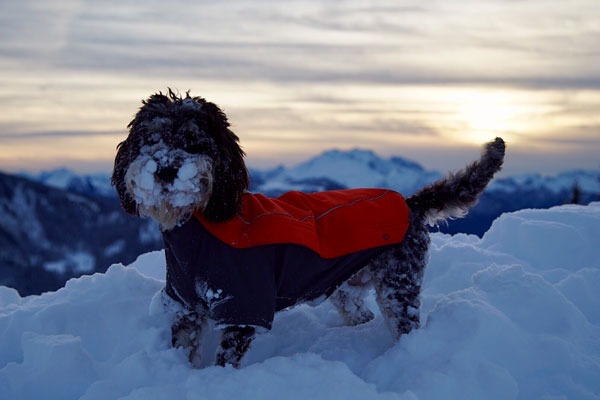
With all this extra time we now have at home with our dogs, we have an opportunity to be imaginative. Including Hide and Seek, there are many fun activities we can do with our pooches which use mental stimulation as well as physical. In the garden or inside we can make obstacle courses and try to teach our dogs how to complete the course using a step by step approach. We can use tasty treats, a tennis ball or whatever gets their attention to encourage them up, over or under. The learning process is just as much fun for us as it is for our dogs, as the trick is in the teaching. There is also an endless array of tricks we can attempt to train our dogs. Some pointless but entertaining like ‘roll over’, while others can be handy like picking up litter or ‘shut the door’.
During these unprecedented times, we are the fortunate ones who have dogs to encourage us off the sofa. By getting equipped for all weather conditions and becoming imaginative in our interactions we can be sure to reap the rewards of our ‘family’s best friend’. Let’s not forget they keep us active, they give us companionship and unconditional love in times of social distancing, and are wonderfully entertaining in their own unique ways. So let’s take this opportunity to have some tail wagging fun!

